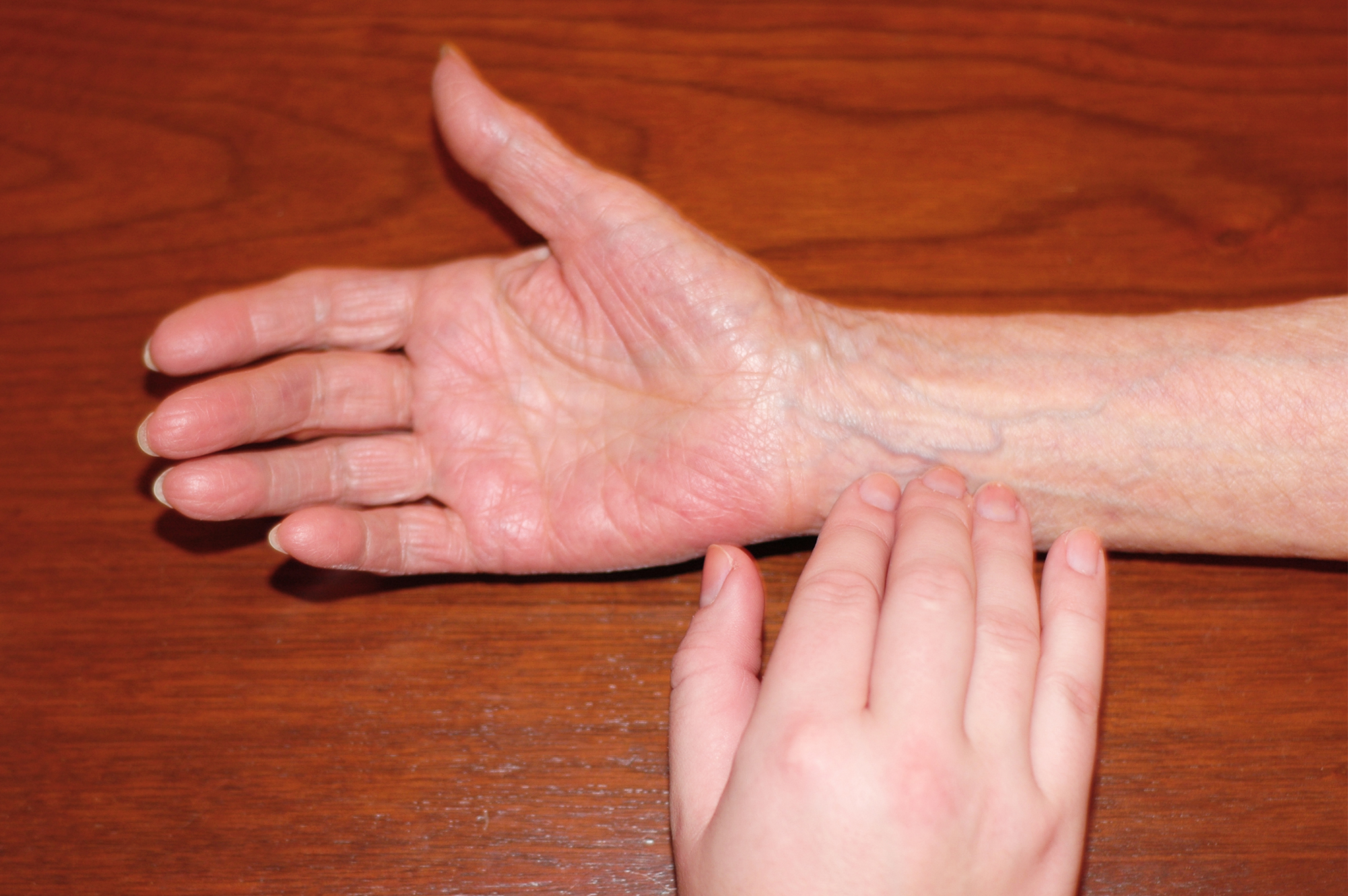
This information will be valuable to the patient’s health care team in assessing the patient’s condition. By following the steps outlined above, you can be sure that you are taking and recording radial pulse accurately. Taking radial pulse is a relatively simple skill, but it is important to do it correctly. You may also want to take the pulse on the other wrist and compare the two. If the radial pulse is not regular, you may need to count for longer. This can help raise the wrist and make it easier to find the pulse. You may also want to ask the patient to take a deep breath and hold it while taking the pulse. If you have difficulty finding the radial pulse, try moving your fingers around a bit. If you press too hard, you may not be able to feel the pulse. When taking the radial pulse, it is essential to use gentle pressure. Here is an example of how this information might be recorded: When recording radial pulse findings, CNAs should include the following information: This includes the heart rate and any other observations about the pulse (e.g., regularity, strength, etc.). Record the findings: Once you have taken the radial pulse, it is crucial to record the findings. If the patient’s heart rate is not regular, you may need to count for a minute. You can use a stopwatch or count the beats for 30 seconds and then multiply by two. You may have to move your fingers around until you discover the pulse.Ĭount the heart rate: Once you have found the pulse, count the number of beats in one minute. You should not use your thumb, as this will make it more difficult to feel the pulse.įeel the pulse: Gently press your fingers on the radial artery until you feel a pulsing. An apical pulse gives the most accurate idea of heart contractions. Apical pulse can be heard along with little, faint murmurs of the heart, whereas radial pulse cannot be heard but just felt. Place your fingers: Place your index and middle fingers on the radial artery. Apical pulse can be felt over the heart at the apex on the left side of the chest, while Radial pulse can be felt at the wrist. It is located just below the surface of the skin. Locate the artery: The radial artery can be found on the wrist, on the thumb side of the forearm. Perform the Initial Tasks: Before taking radial pulse, the CNAs need to do some initial groundwork which includes greeting the patient, explaining the procedure, maintaining privacy, and washing hands. There are number of steps that a CNA should follow when taking a radial pulse which are as follows: This article will explain how to take a radial pulse and record the findings. This is a relatively simple skill, but it is important to do it correctly.

A pulse that is faster than this (tachycardia) may be a sign of illness, while a pulse that is slower than this (bradycardia) may also indicate a problem.Īs a CNA, you may be asked to take a person’s radial pulse. The normal radial pulse rate is 60 to 100 beats per minute. In particular, the radial pulse can give clues about a person’s blood pressure and circulatory status. However, it can also be used to assess someone’s general health. The radial pulse is often used to check a person’s heart rate.

The radial artery runs under the skin, and its pulsing can be felt below the surface. The radial pulse is the pulse felt on the wrist, on the side of the forearm nearest the thumb.


 0 kommentar(er)
0 kommentar(er)
